Kubrick’s A Clockwork Orange : Brutalism in exteriors, interiors and a quilt.
Guest Feature by Christian Anderson-Ramshall, Head of Digital Production for Virgin.com.
(Details on where to find specific pieces from A Clockwork Orange are featured below this article).
Stanley Kubrick’s dystopian A Clockwork Orange (1971) depicts a future where the disenfranchised youth run wildly amuck, blood-lust fuelled by a popular cocktail known as Moloko whilst sprouting profanities in a bastardised concoction of English and Russian. One night whilst partaking in a bit of the old ‘ultra-violence’ high on Moloko, Alex and his ‘droogs’ tear into their neighborhood; beating, raping and finally murdering an unsuspecting cat-fancier. The cat woman’s walls drip with pornographic art as she is murdered mid-yoga by Alex wielding a giant sculpted phallus.
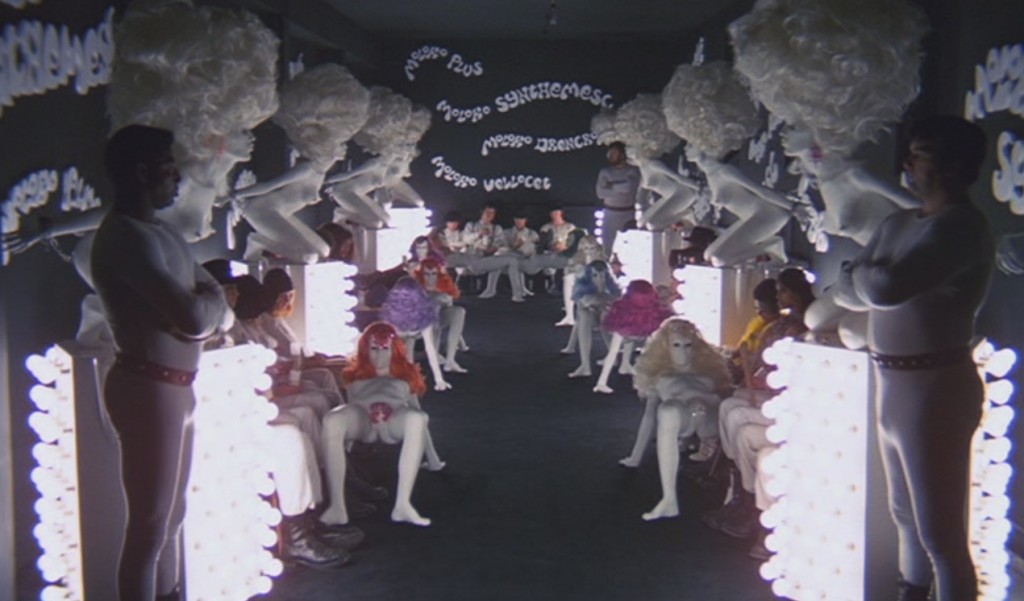
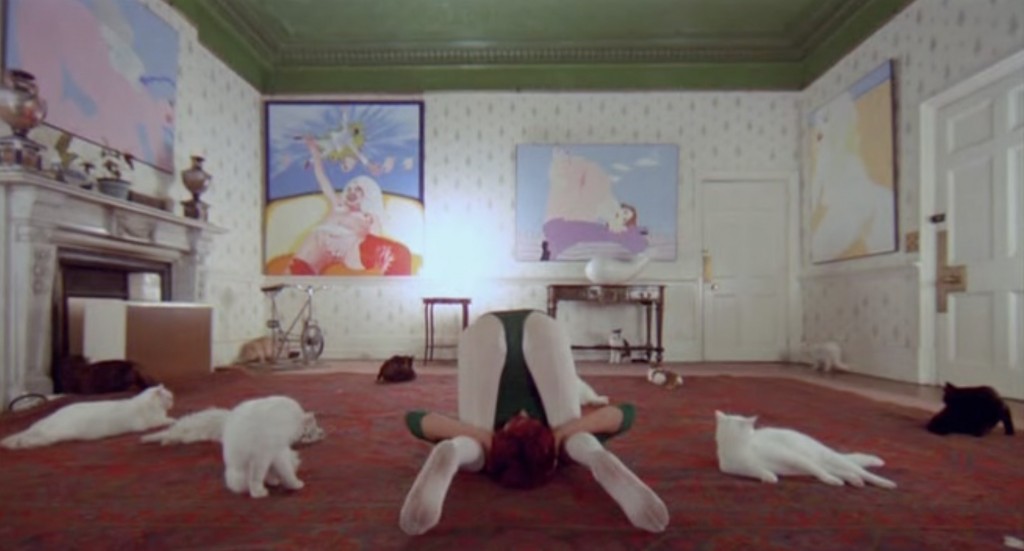
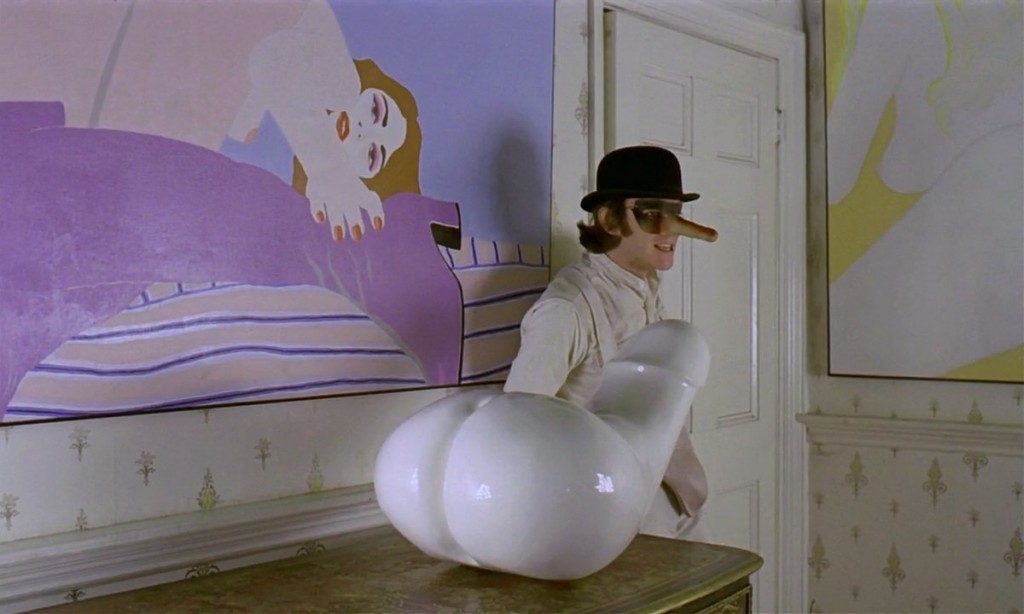
Alex then begins his descent into the misnomer of a scientific ‘cure’ for his violent tendencies, put upon him by society and the state; all as ridiculous and uncompromising as it sounds. The production design of the film adds to the assault on the senses and one which demonstrates Kubrick’s genius at interweaving a character’s surroundings into an amplified representation of their inner mindset.
Banned, derided and ultimately lauded, Kubrick’s uncompromising vision based on Anthony Burgess’s book of our society in a downward spiral is matched seamlessly by the unforgiving selection of location and design. Alex’s silhouetted droogs adorned with Pinocchio noses and cod-pieces, beating an Irish drunk with their gentleman’s canes could only have been set against the stark, concrete walls of a Thamesmead, SE28 subway. The brutalism of the architecture providing a stark realism that this encroaching future could have felt uncomfortably close to those watching at the time.
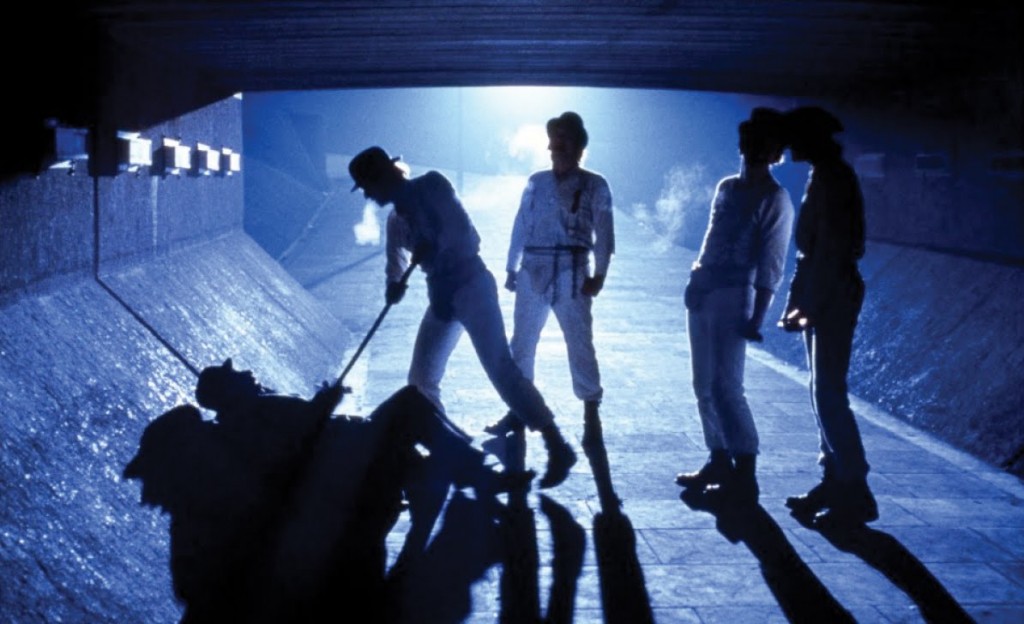
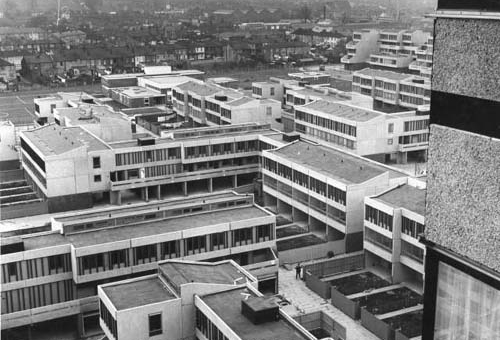
Influenced more on account of a 2 million dollar budget (peanuts to Kubrick) than with proposed set design, the brutalism provides a perfect framing to the film in both locale and in name.
Venture inside those punishing exteriors and there is no escape from the violence in a visceral orgy of 1970’s post-modernist kitsch. None is played out more prevalently than in Alex’s flat where gold wallpaper, bulbous chrome-cladded walls and JH Lynch paintings rise-up to bite you on every corner. The banality of a mid-century credenza resting against a wall only adding to the violence of saturated colours on account of its mere presence.
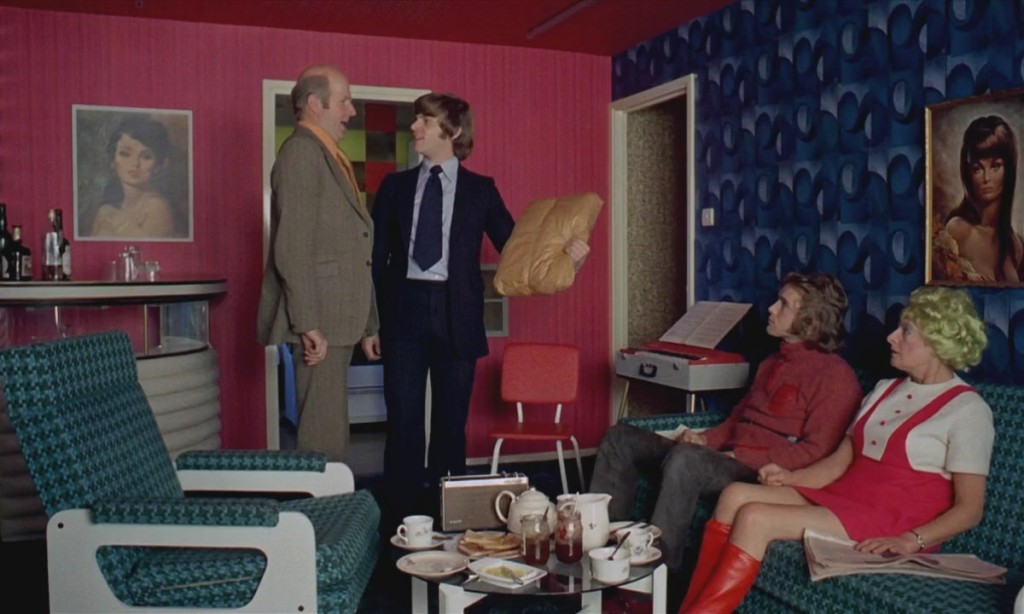
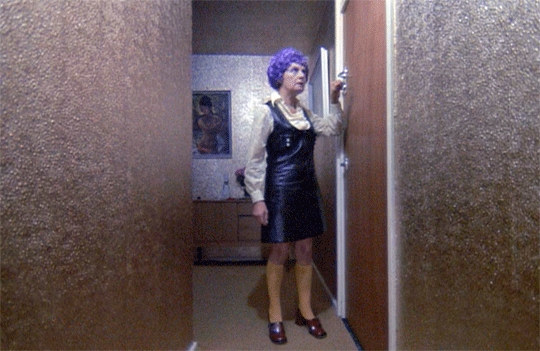

It’s a house from which there is no respite for your senses and juxtaposed with Alex’s own bedroom, his habitat appears equally as tempered but with the colour white providing an intermission to the madness outside of his combination-locked door.
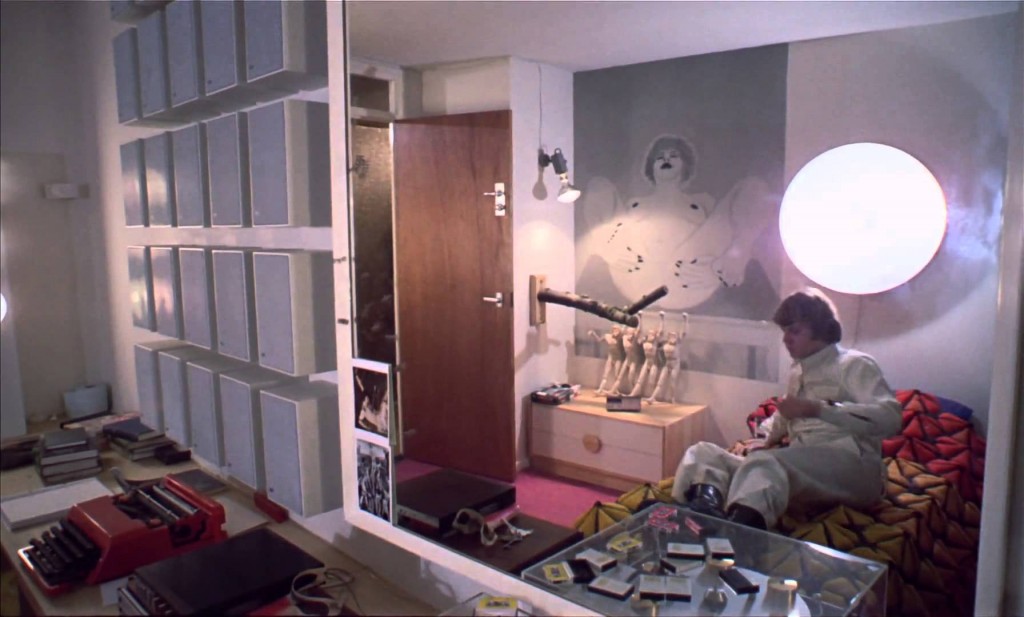
The one item which could at first appear to languish out of place is the colourful quilt adoring Alex’s bed. Look closer however and the hexagonal and triangular mix appear to push outwards, providing a fabric ‘spike’ to the only comfortable looking aspect of Alex’s room. This is enhanced where an orgy played at high-speed happens on the quilt, the acceleration of the footage and the spikes in the quilt adding to an overloaded Kubrick representation of sexual brutality. No designer has come forward to claim it, although score the internet and there exist numerous people who have tried to recreate the quilt.
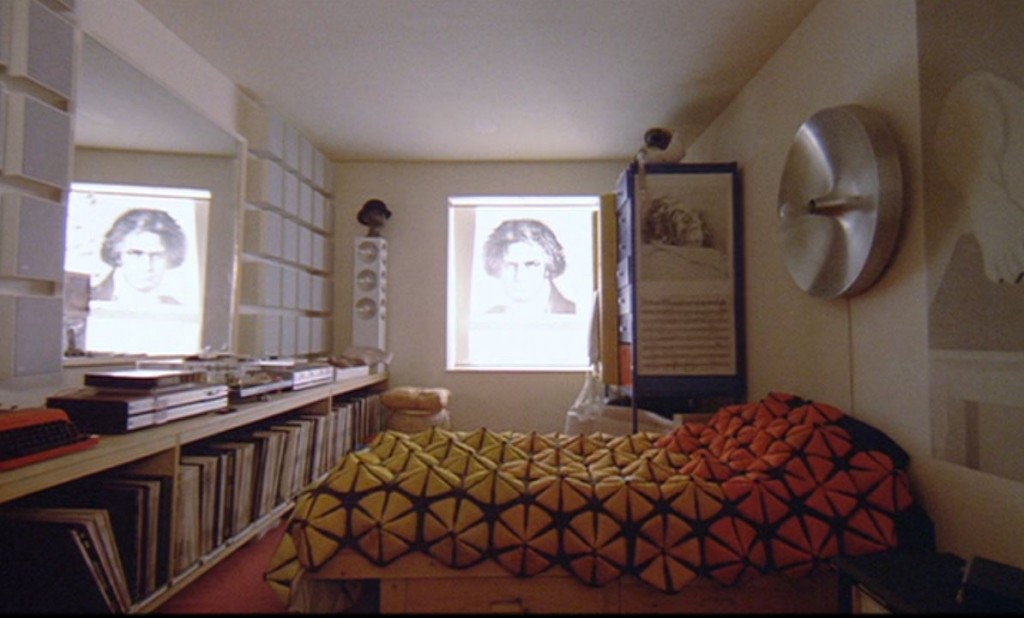
A painting by Cornelius Makkink (brother to Herman Makkink whose phallus kills the cat woman) adorns Alex’s wall, its blatant pose rises above another Herman Makkink sculpture – ‘Christ Unlimited’. A chrome wall sconce and light through the Beethoven window blind illuminate both the artworks brightly. It appears as a rather large nod to Alex’s own love of violence and a bit of the old Ludwig Van. A stunning ‘Transcriptor’ Turntable soothes Alex with Beethoven’s 9th (more on that here). Add to the mix two walls of white, wall-mounted speakers to amplify it, and that is a real horrorshow hi-fi set-up my brothers; a haven from the garish nightmare of his own parent’s making just beyond those white walls. It’s Alex’s haven all right, but perhaps even a true retreat from his parents banal personalities and the intensity of their decor choices.
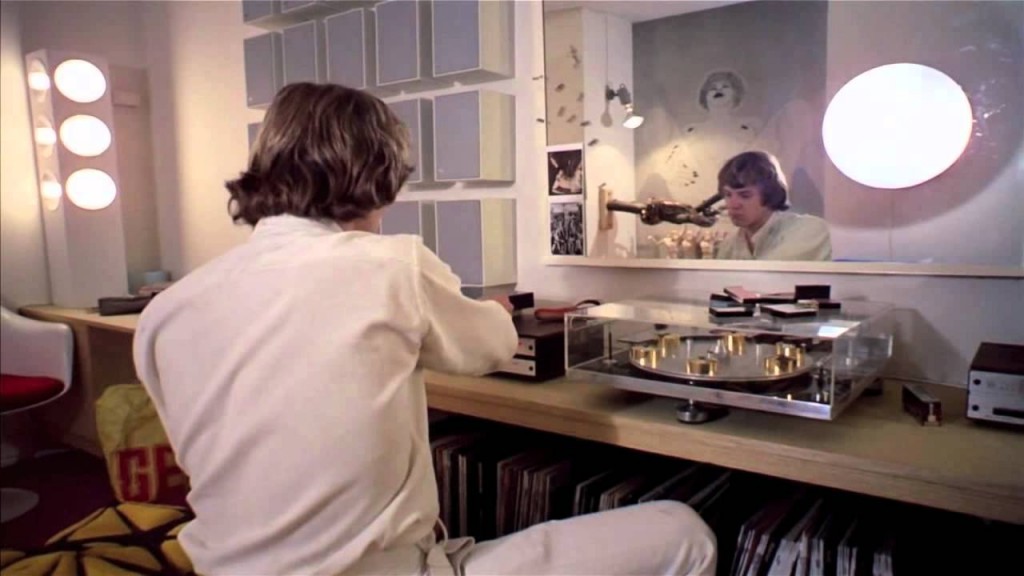
Kubrick is renowned for his obsession with detail and his decoration of Alex’s room not only purports to amplify his character, but acts as a counter point to his parents’ own tastes. His room serves not just as an act of rebellion, but the externalisation of his violent and lustful nature. It comes as no surprise that when he is ‘cured’ by science he returns home to find his room reduced to dumbbells and football cut-outs by new lodger ‘Joe’.
Kubrick himself stated that “… modern art’s almost total pre-occupation with subjectivism has led to anarchy and… the notion that reality exists only in the artist’s mind, and that the thing which simpler souls had for so long believed to be reality, is only an illusion…” (ref Kubrick on A Clockwork Orange by Michel Ciment). The illusion he provides by use of art and design in A Clockwork Orange, emphasises the sterile dysfunction of this society by their characters not only adopting modern art but by violently throwing it in our faces.
Alex utilises his art and surroundings to express his own inner revulsion at society and a mirroring of his own brutality, but also as any young man – he just loves to be surrounded by cool stuff.
Christian Anderson-Ramshall.
What’s the low down and where can I get one? by Paula Benson.
The sculpture
The phallus “Rocking Machine” by Herman Makkink in ‘cat woman’s’ house was created in 1969 in an edition of six. Herman Makkink says “It was not designed especially for A Clockwork Orange. They formed part of my studio work at the time, and, after seeing them there, Kubrick wanted to use them for the film because they probably had the futuristic look he and his wife wanted. In the late sixties and early seventies, we, London based artists, felt terribly hip. We didn’t want to fight the establishment so much as shock them. Pop Art was in full swing and so was the sexual revolution, so I combined a penis with a beautifully shaped female rear in fibre glass. I thought this would be really shocking. I thought I could make the object move by constructing a heavy pendulum swing inside. To my surprise I found that it made an irregular movement, so I exaggerated that by adding extra weights in various places. That resulted in Rocking Machine’s specific, jerky motion.” (© 2000 Drencrom V.O.F.). A Rocking Machine sold in a Phillips auction in New York for $25,000 in 2010.
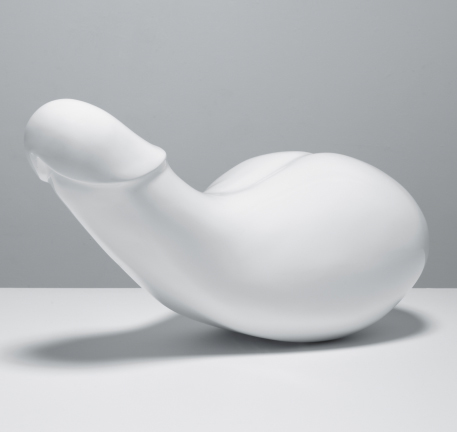
The Christ Unlimited sculpture which sits on Alex’s bedside table is also by Herman Makkink. Designed in 1971 some reproductions were created by Medicom Toy, Japan in 2005. Phillips sold one of these for $750 in 2010 and we would suggest you keep and eye on the Medicom website or Hobbylink Japan in case they put them back into production.
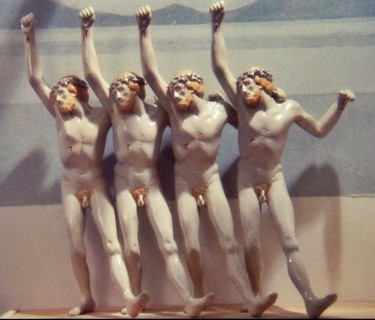
The sound system
A music lovers dream, the turntable on which Alex plays his beloved Beethoven records is the Transcriptors Hydraulic Reference Turntable, a stunning award-winning piece first produced in the 60s. This turntable was designed and manufactured by David Gammon in 1964. The design was later licensed to J A Michell who made the turntables from 1973 to 1977. Gammon’s son Michael has told us “My father had a factory in Borehamwood and was approached by Stanley Kubrick and his production crew and supplied them with a turntable to use.”
This rare turntable has been displayed in various museums around the world including the Museum of Modern Art in New York.
This very turntable is soon to be available from Film and Furniture (email us at [email protected] for details) and in the meantime second hand vintage versions of the Transcriptors and the Michell versions are sometimes available from London’s well respected Audio Gold and also come up on Ebay.

My fellow Kubrick obsessive and music aficionado Christian Anderson-Ramshall, reliably informs me the speakers are Monitor Audio, SF1, SoundFrame, On Wall Speakers in Piano White. And blow me down if he hasn’t found where to buy these exact speakers – which have an ultra-slender cabinet just 87mm (3.5″) deep – from Doug Brady HiFi for £450 each.
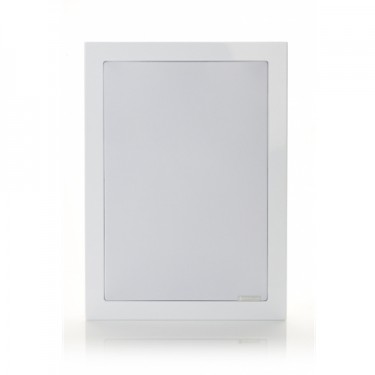
A chair
Eero Saarinen’s 1957 Executive Conference chair features at the writers desk in the “Home” scene. This chair is still in production by our friends at Knoll (note the version in A Clockwork Orange has chrome legs as there is also a version with wooden legs).
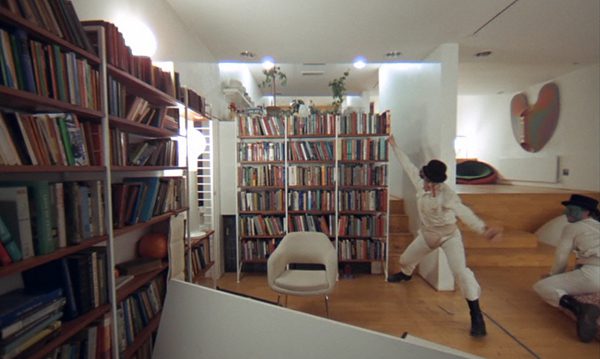
The Saarinen Executive Armchair makes an appearance in the writer’s “Home” in A Clockwork Orange. Approx £1,125.00 Inclusive of VAT (eg UK) if applicable / $1768


Saarinen Executive Conference chair, with and without arms (new)
Designer: Eero Saarinen
Knoll
Director: Stanley Kubrick
Design Within Reach sell newly manufactured, fully licensed, official Knoll Saarinen chairs as shown above with metal legs, as per A Clockwork Orange, for $1,648.00 – $2,706.00 (depending on fabric choice).
Etsy often have vintage conference chairs by Eero Saarinen.
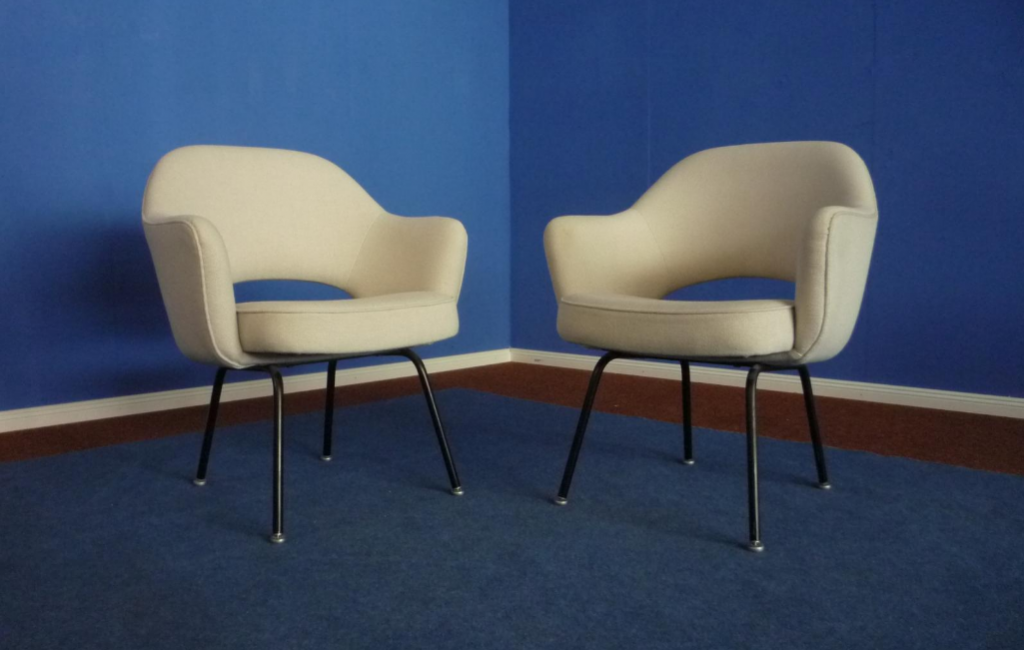
The paintings
The paintings in the Em and Pee DeLarge household (Alex’s parents) are by JH Lynch. ‘Autumn Leaves’ is seen alongside ‘Nymph’ and ‘Tina’.
Find JH Lynch originals and prints from Etsy >
The typewriter
Ettore Sottsass’ legendary “Valentine” portable red typewriter in Alex’s room (see above) is one of the most famous examples of 1960s Italian design and bears witness to the time when Olivetti was leading the way in industrial design “the pre-digital precursor to the Macbook, as emblematic of style as it was of mobility”.
Designed by Ettore Sottsass and Perry A. King in 1969, the portable Valentine Olivetti typewriter is a design classic as seen in Alex’s bedroom in A Clockwork Orange Approx £236.67 Inclusive of VAT (eg UK) if applicable / $372
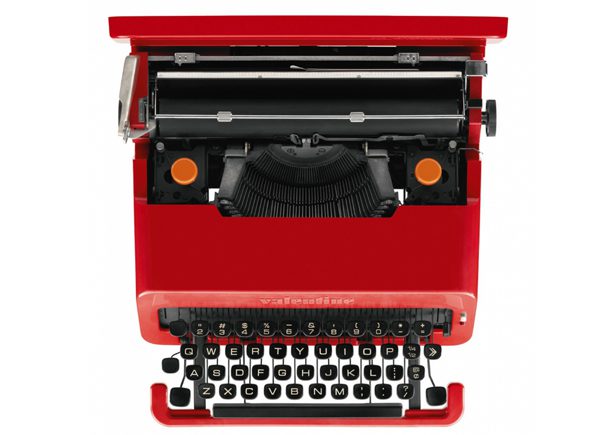

Valentine Olivetti Typewriter designed by Ettore Sottsass, portable, vintage
Designer: Ettore Sottsass
Olivetti
Director: Stanley Kubrick
The wall sconce
Here’s a major find – a wall sconce very similar to that above Alex’s bed (see film still above) – this one in brass from Etsy (although Alex’s is silver, brass is actually more on trend right now!).
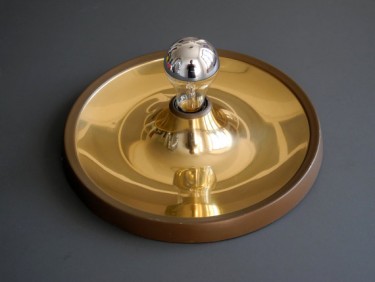
The wall-hangings
For gold wallpaper as seen in Alex’s hallway try the Glitz and Glitter range by Albany from Wallpaper direct
You can find a large selection of vintage wallpaper as seen in the deLarge flat at Vintage Wallpapers and from Retro Wallpaper on Etsy UK.
This bubble mirror from Etsy is a fine nod to the bubble wall-hanging in Alex’s parents lounge.
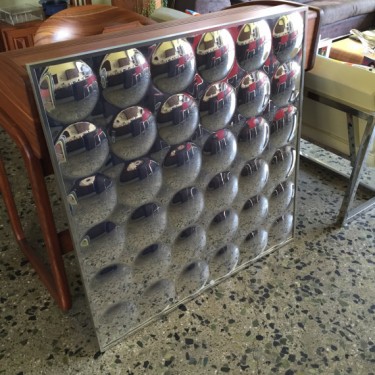
Happy hunting, and huge thanks to Christian Anderson-Ramshall for sharing the obsession.
Watch A Clockwork Orange on iTunes, buy the DVD, the Kubrick Collection and the original Burgess book by following the links in the sidebar (desktop) or below (mobile).
Further reading:
Thamesmead: The Faded Dream: An article on the BBC website with images from the 60s and 70s >
Acolocations.freeiz.com: A list of Clockwork Orange filming locations.
And last but not least, here’s a couple of beauties from Film and Furniture’s own collection: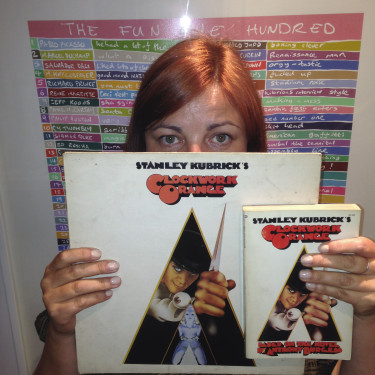



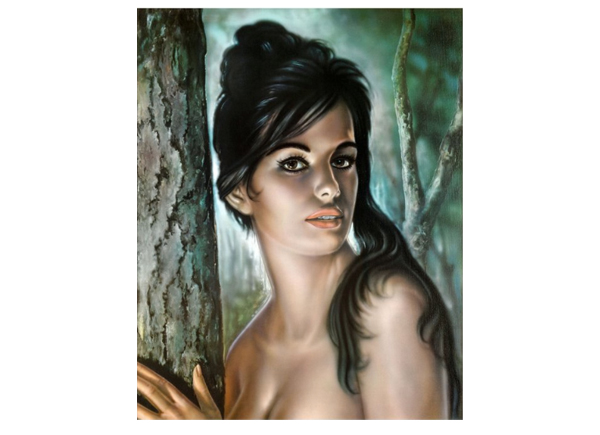

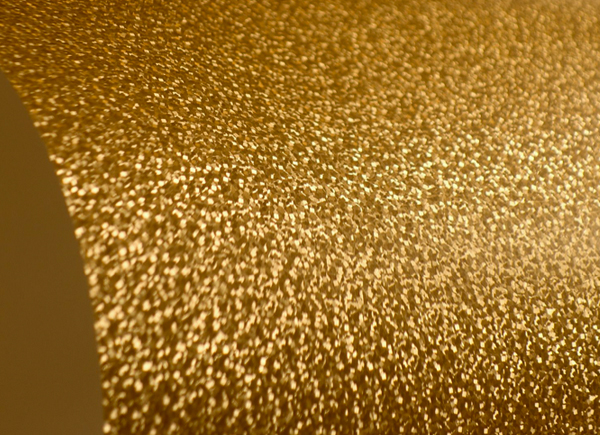
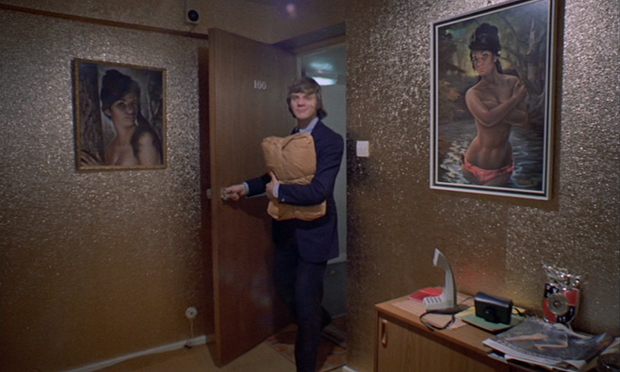

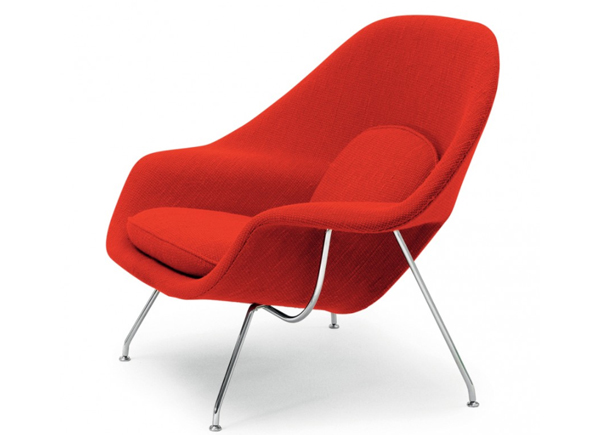
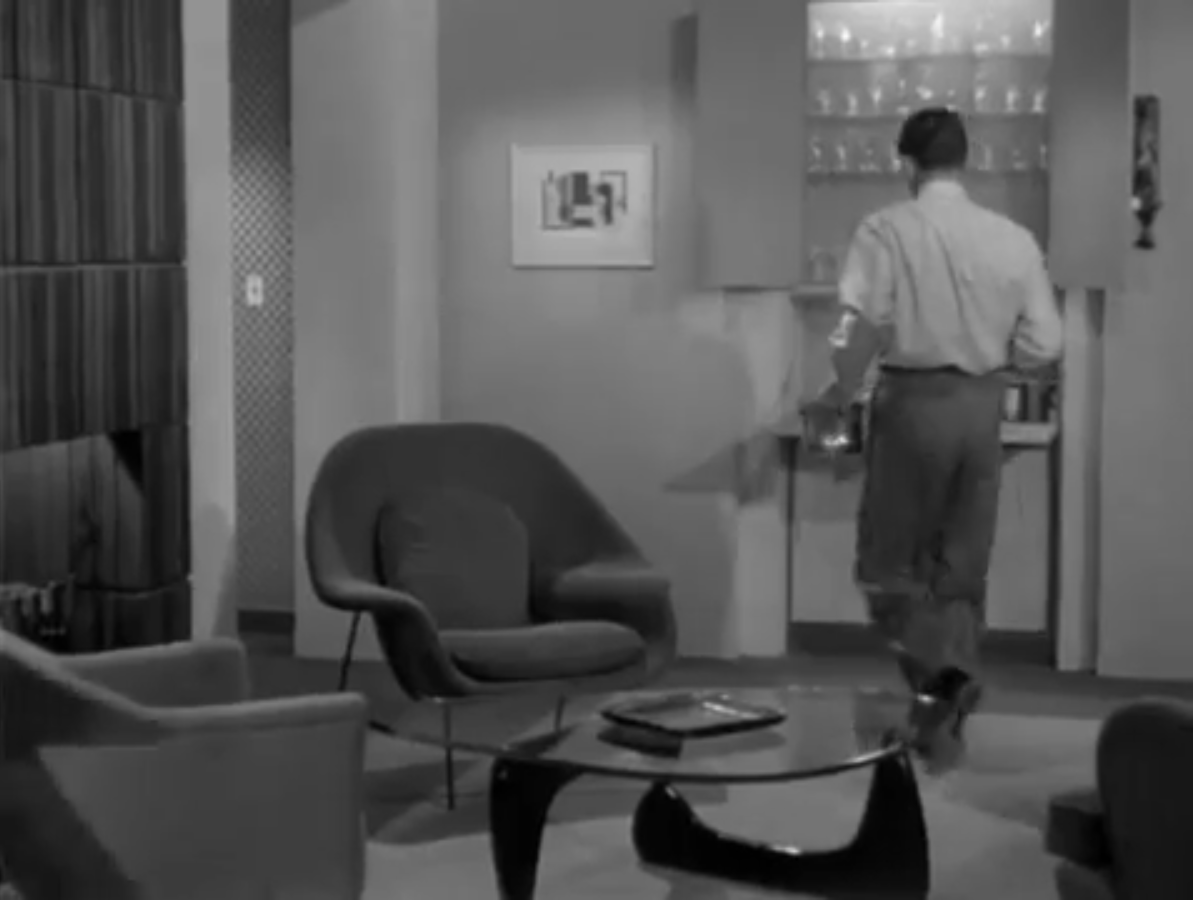
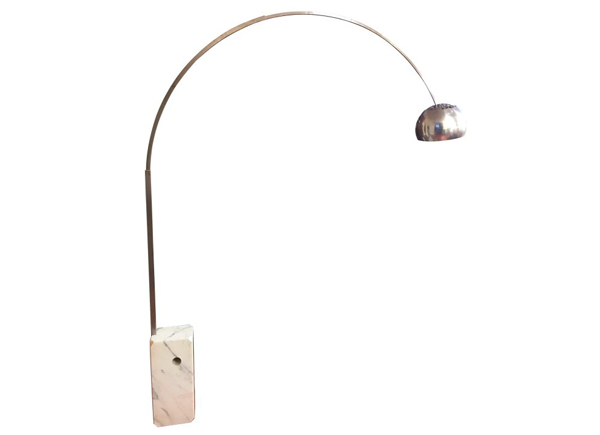
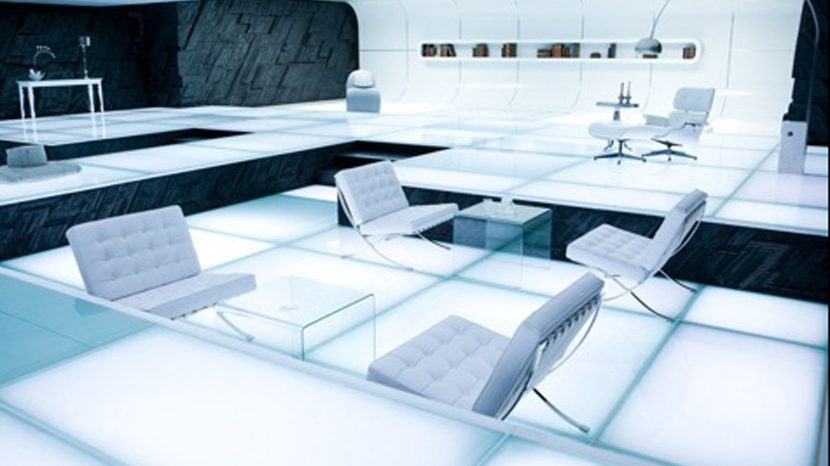
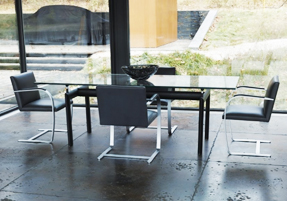
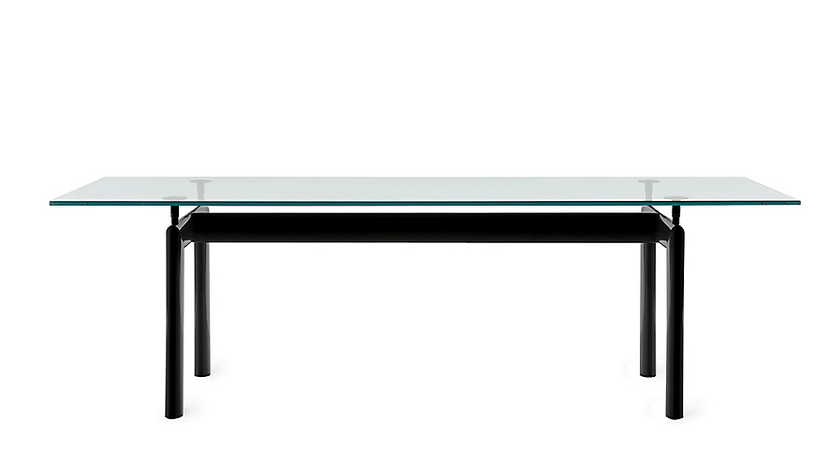
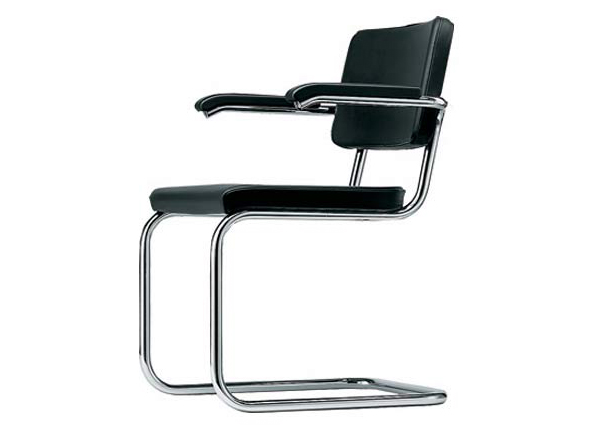
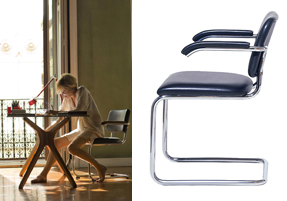

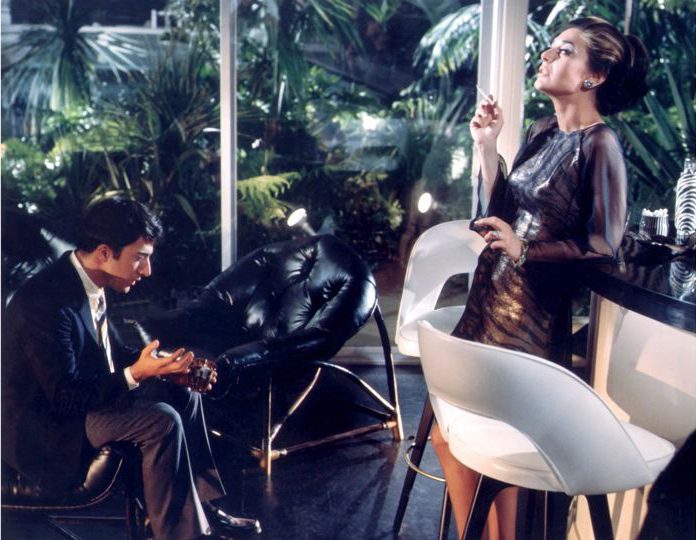
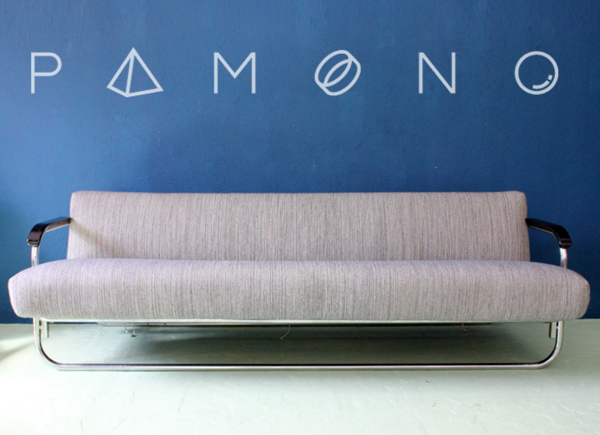


 Facebook
Facebook Twitter
Twitter Instagram
Instagram Pinterest
Pinterest RSS
RSS